Sony ZV-1 vs ZV-1F vs ZV-E10 vs ZV-E1
Sony’s ZV vlogging range now boasts four cameras. So which wins this Sony ZV-1 vs ZV-1F vs ZV-E10 vs ZV-E1 shoot-out?
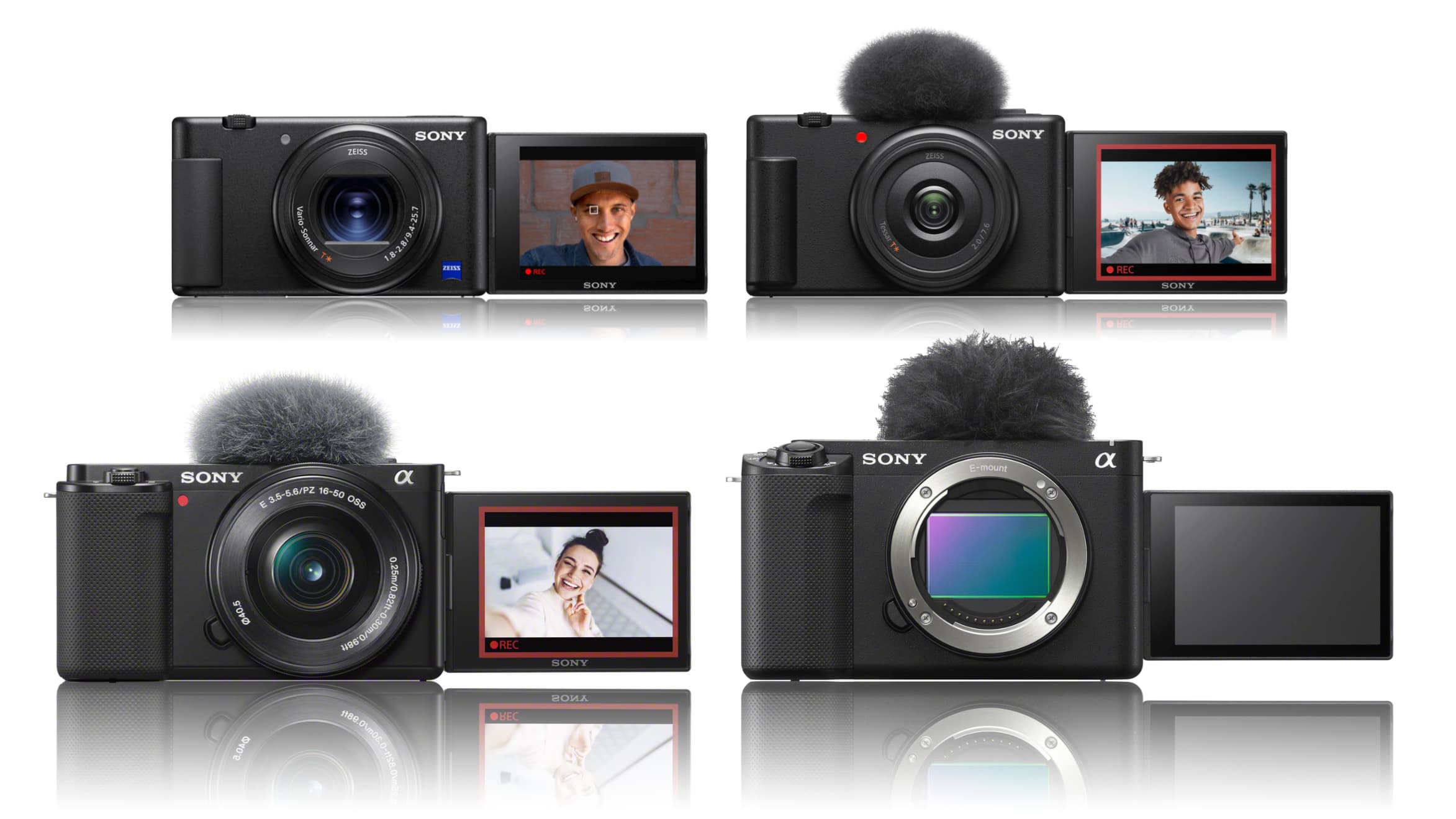
When it first came out, the Sony ZV-1 looked like a bit of an outlier, a compact little camera born from the Sony RX100 range but specifically designed for vlogging or video use.
But the ZV-1 has since been joined by the Sony ZV-E10, the fixed focal length ZV-1F and now the advanced Sony ZV-E1. Clearly Sony had a roadmap for its ZV vlogging camera range and it’s now filled it with four different models. But which one should you choose? That’s what this Sony ZV-1 vs ZV-1F vs ZV-E10 vs ZV-E1 comparison is designed to help you decide.
Sony cameras are among the best 4K cameras for video, the best cameras for vlogging and even the best mirrorless cameras all round – but you can’t buy all of them! Let’s start by simplifying the options.
First, these ZV cameras are split into two groups. The very similar ZV-1 and ZV-1F are compact cameras that have evolved from Sony’s RX100 range. The ZV-1F is a cheaper and simpler variant made specifically for ‘selfie vloggers’ – those who like to talk directly to the camera.
The two mirrorless models are the ZV-E10, which is based on Sony’s long-running A6000-series APS-C cameras, while the ZV-E1 is effectively a reskin of Sony’s powerful but specialized (and expensive) A7S III model.
Essentially, all these ZV models are adaptations of existing cameras, and they share some physical features. None of them have electronic viewfinders, all of them have vari-angle rear screens and all four have 3-capsule internal microphones with supplied clip-on windshields.
However, their features and capabilities vary considerably, as we’ll see. Amongst other things, you should ask yourself what lenses and focal lengths you will need, whether you need to shoot stills as well as video and – of course – just how much you want to spend.
Sony ZV-1 vs ZV-1F vs ZV-E10 vs ZV-E1
Why you can trust Digital Camera World
1. Sensor size
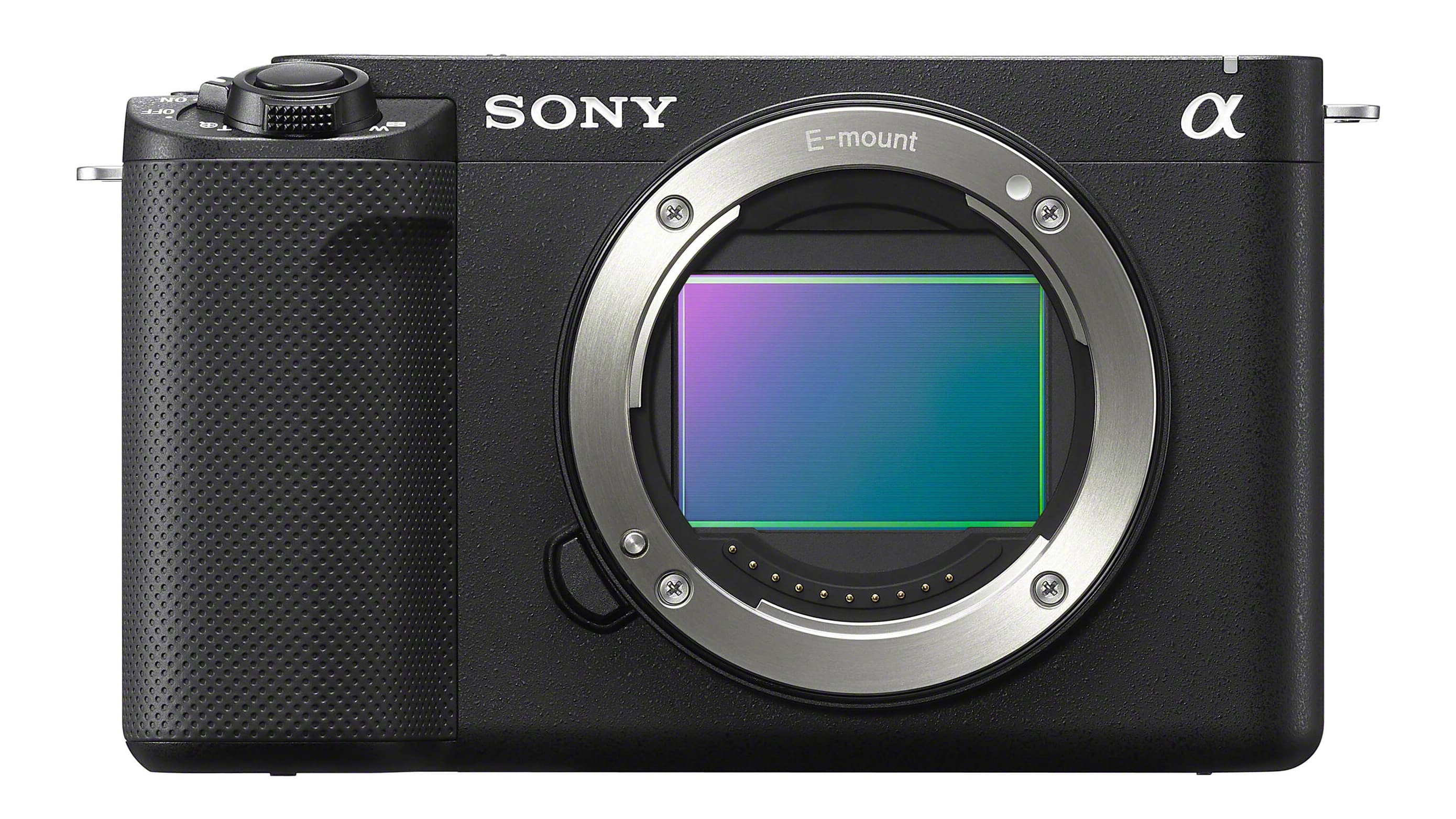
• Sony ZV-1: 1-inch
• Sony ZV-1F: 1-inch
• Sony ZV-E10: APS-C
• Sony ZV-E1: Full frame
Sony’s ZV range certainly covers a range of sensor sizes. The compact ZV-1 models both use a 1-inch CMOS sensor considerably smaller than the APS-C sensor in the ZV-E10 which is, in turn roughly half the size of the full-frame sensor in the ZV-E1.
For entry level or casual users, the 1-inch sensor in the ZV-1 and ZV-1F is likely to provide perfectly satisfactory video quality, but the ZV-E10 and ZV-E1 will be better suited for more advanced filmmaking work, partly because of the inherently better quality from the larger sensors but also because of the flexibility of interchangeable lenses.
2. Resolution
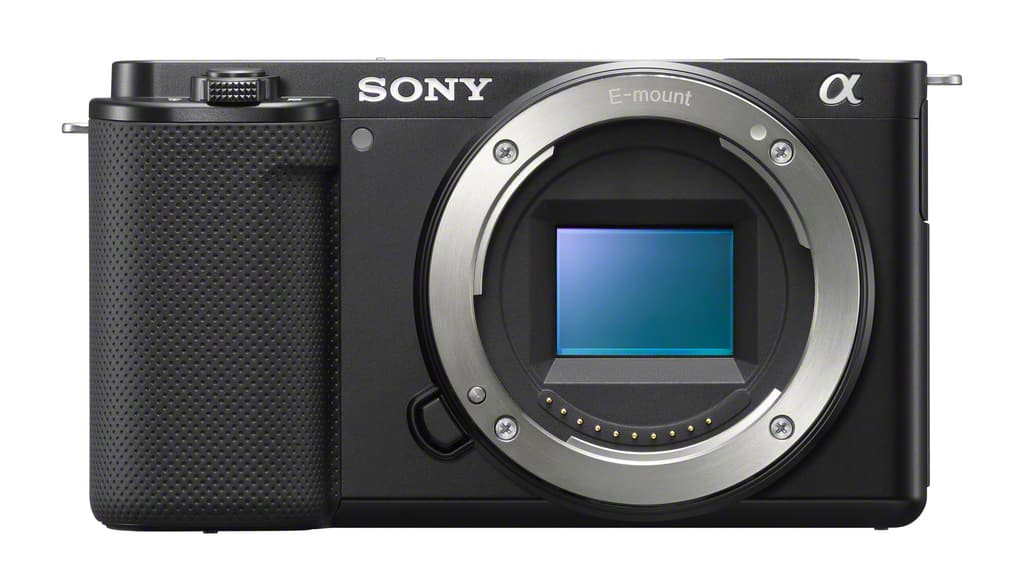
• Sony ZV-1: 20MP
• Sony ZV-1F: 20MP
• Sony ZV-E10: 24MP
• Sony ZV-E1: 12MP
Surprisingly, perhaps, the most expensive camera in this group has the lowest resolution. The ZV-E1 has a full frame 12-megapixel sensor designed specifically for video, with the advantage that it supports 4K resolution natively without the need for oversampling or cropping. On the downside, this makes it pretty limited for stills photography. 12MP might be enough for occasional or emergency stills, but if you like to shoot both stills and video, one of the other ZV models would be better.
The ZV-E10 is much cheaper, offers pretty powerful video features of its own and can shoot detail-rich 24MP still images. The ZV-1 and ZV-1F can shoot 20MP images, but the smaller sensor size means the quality won’t be at quite the same level.
3. Lenses
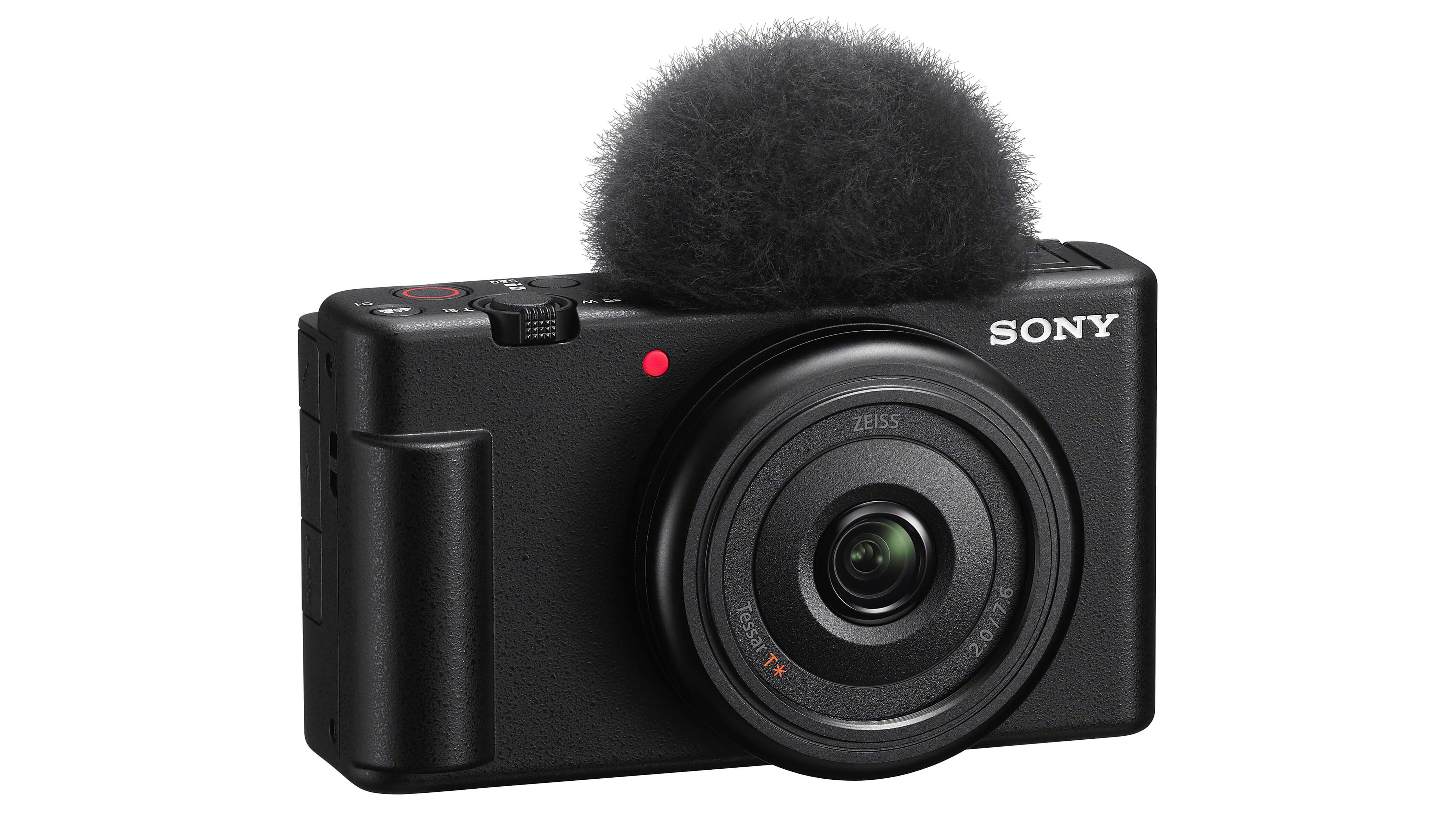
• Sony ZV-1: 24-70mm equiv, f/1.8-2.8
• Sony ZV-1F: 20mm equiv, f/2
• Sony ZV-E10: Sony E mount
• Sony ZV-E1: Sony FE mount
The Sony ZV-1 and ZV-1F are compact cameras, which means that their lenses are fixed and can’t be swapped. The ZV-1 has a 3x 24-70mm zoom which should be OK for most needs, but the 20mm equivalent wide-angle lens on the ZV-1F is designed specifically for shooting selfie videos at arm’s length and my prove limiting for anything else except wide travel shots, interiors and landscapes.
The ZV-E10 and ZV-E1 are interchangeable lens mirrorless cameras that can each accept a wide variety of different lens types, from ultra-wideangle to ultra-telephoto. The full frame ZV-E1 offers the widest lens choice, but lenses can be heavier and more expensive.
4. Autofocus
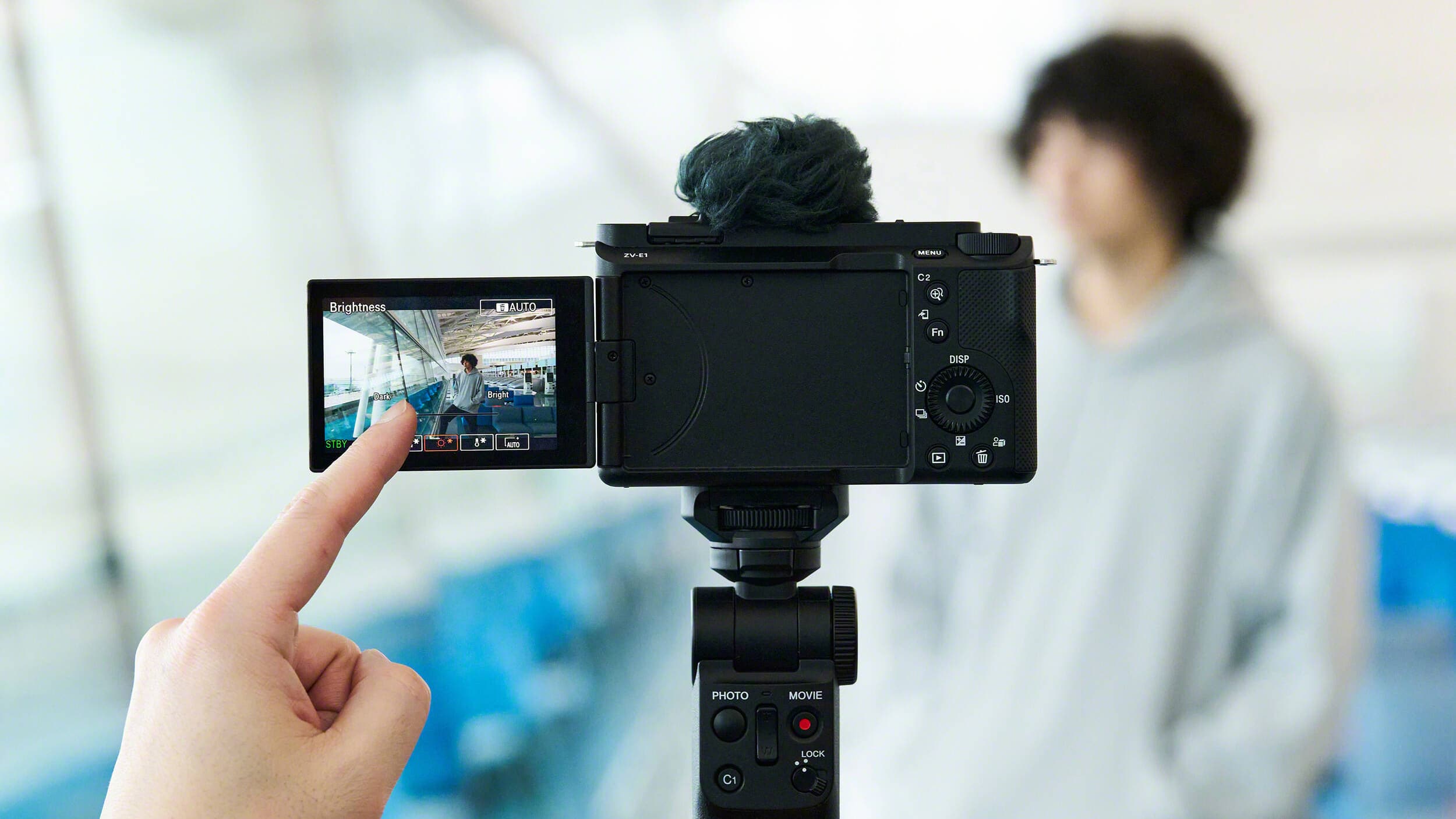
• Sony ZV-1: 315/425-point hybrid AF, Real-Time Tracking & Eye AF, Background Defocus & Face Priority AE, Product Showcase Setting
• Sony ZV-1F: 425-point contrast AF, Real-Time Tracking & Eye AF, Background Defocus & Face Priority AE, Product Showcase Setting
• Sony ZV-E10: 425-point hybrid AF, Real-Time Tracking & Eye AF, Background Defocus & Face Priority AE, Product Showcase Setting
• Sony ZV-E1: 759/627-point hybrid AF, focus breathing compensation, AI recognition and tracking, Multiple Face Recognition, Product Showcase
All four cameras offer Sony’s Real-Time Tracking and Eye AF, Background Defocus and Product Showcase modes, but the ZV-1F is least sophisticated, offering only contrast AF.
The Sony ZV-1 holds its own with its mirrorless stablemate further up the. range, pretty much matching the capabilities of the ZV-E10. The ZV-E1, however, breaks new ground, with AI subject recognition and tracking, the largest number of AF points and Multiple Face Recognition. It also offers Focus Breathing Compensation with compatible lenses, so that objects don’t appear to change in size as they go in and out of focus.
5. Video
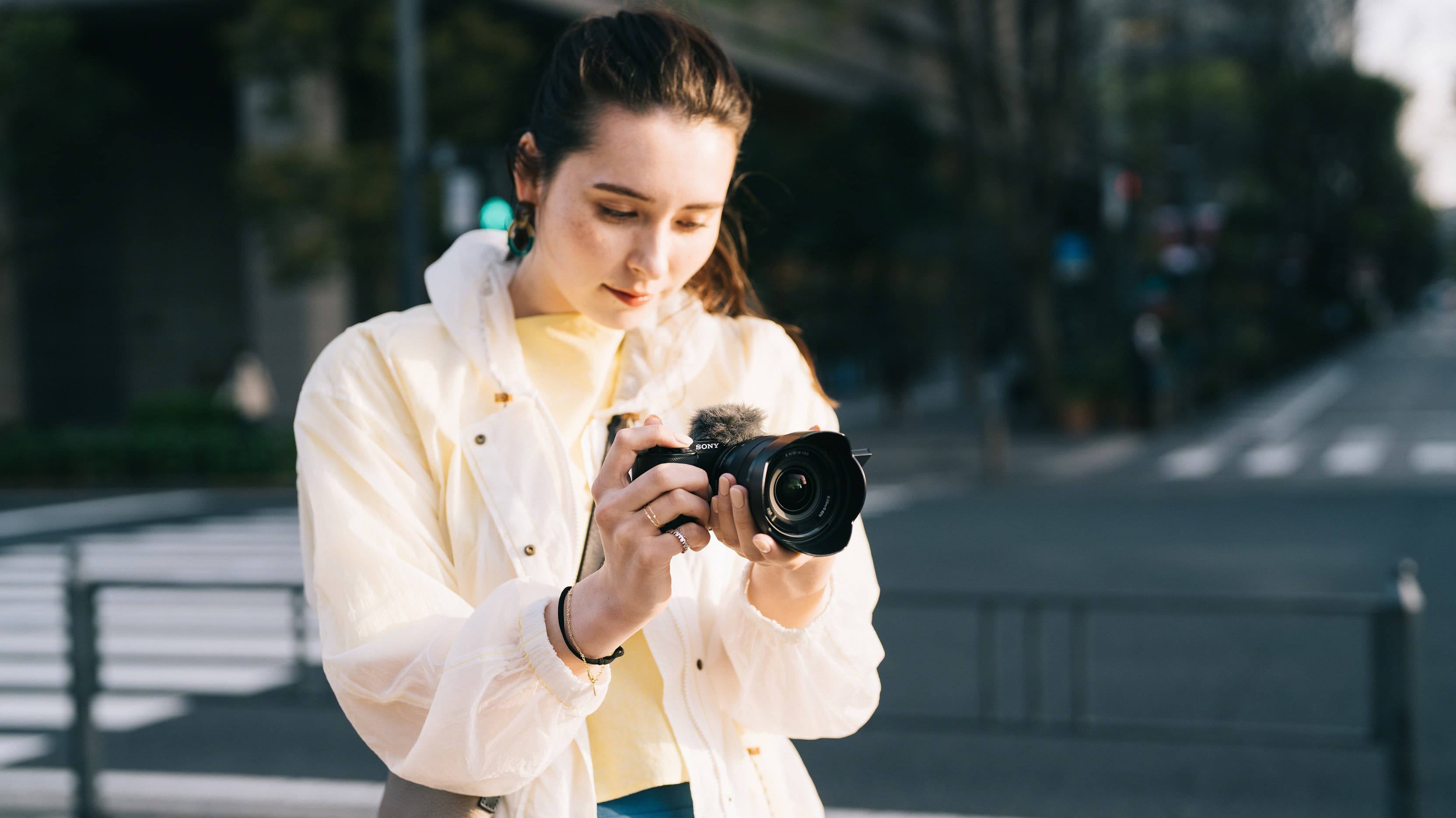
• Sony ZV-1: UHD 4K30p, HLG & S-Log3/2 Gammas, Built-In ND Filter
• Sony ZV-1F: UHD 4K30p
• Sony ZV-E10: UHD 4K30p, HLG & S-Log3/2 Gammas
• Sony ZV-E1: UHD 4K 120p, S-Gamut3.Cine/S-Log3 and S-Gamut3/S-Log3, Cinematic Vlog, S-Cinetone, custom user LUTs
All four cameras can shoot 4K UHD video at a standard 30fps, but the top of the range ZV-E1 goes a lot further, offering 4K UHD at up to 120p. The basic Sony Z-1F is largely designed for video straight from the camera with limited editing, but the equally compact ZV-1 goes a lot further, offering the S-Log2 and S-Log3 modes from more advanced cameras further up the range. This will increase the dynamic range of captured video and give more scope for color grading later.
The mirrorless ZV-E10 and ZV-E1 models offer the same log modes, but the ZV-E1 adds in even more advanced grading and color profile options in line with Sony’s professional Venice camera range.
6. Audio
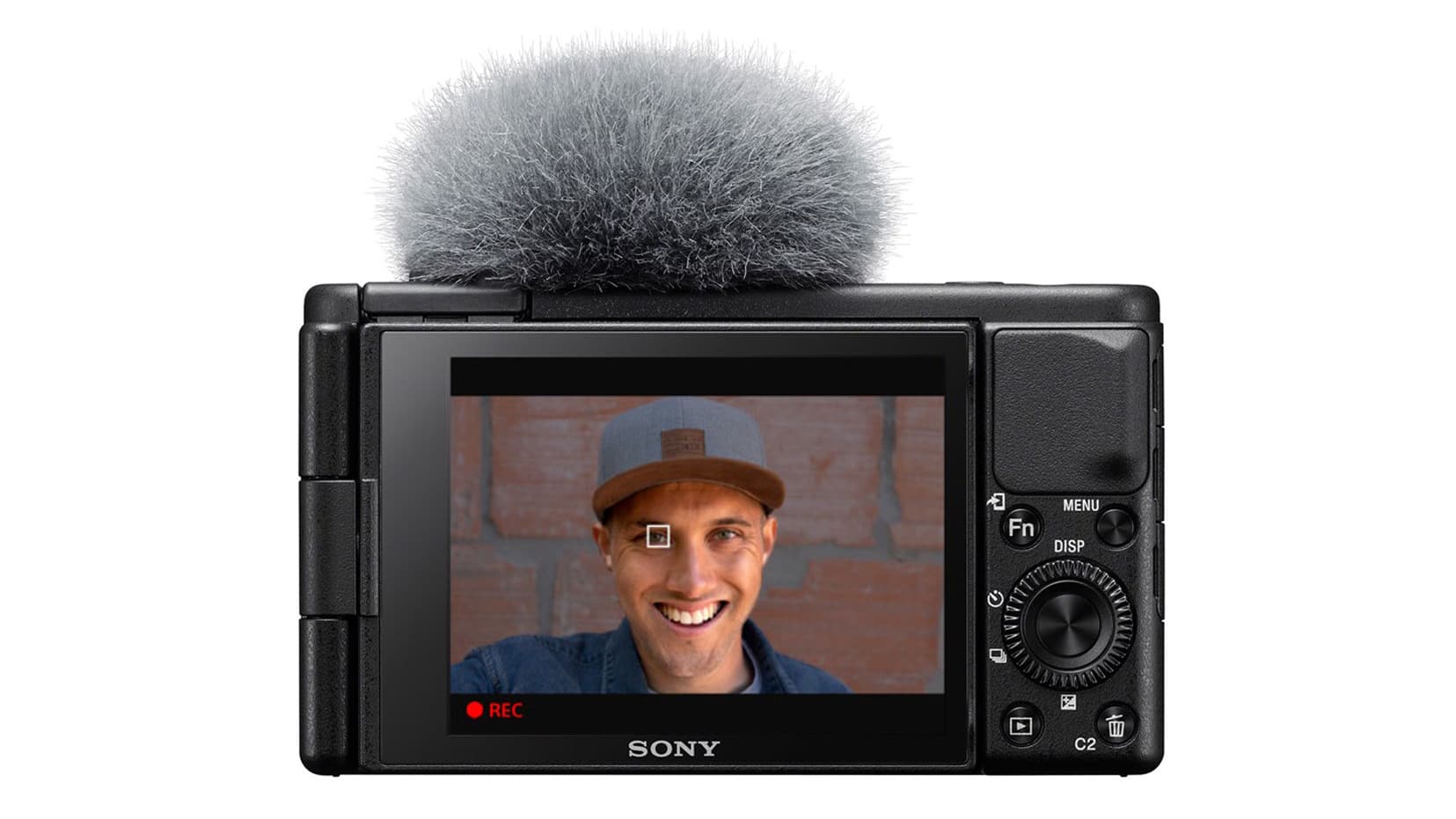
• Sony ZV-1: Directional 3-Capsule Mic & Mic Jack, Multi-Interface Shoe, dedicated wind screen
• Sony ZV-1F: Directional 3-Capsule Mic & Mic Jack, Multi-Interface Shoe, dedicated wind screen
• Sony ZV-E10: Directional 3-Capsule Mic & Mic Jack, Multi-Interface Shoe, headphone port, dedicated wind screen
• Sony ZV-E1: Directional 3-Capsule Mic & Mic Jack, Multi-Interface Shoe, headphone port, dedicated wind screen
These cameras feature a novel 3-capsule internal microphone with a clip-on wind shield to reduce buffeting outdoors, but in practice most serious filmmakers will use external mics instead. All four cameras have 3.5mm audio jacks, and Sony’s digital Multi-Interface Shoe for attaching its own microphones. The mirrorless ZV-E10 and ZV-E1 also have headphone ports for monitoring audio levels while filming.
7. Stabilization
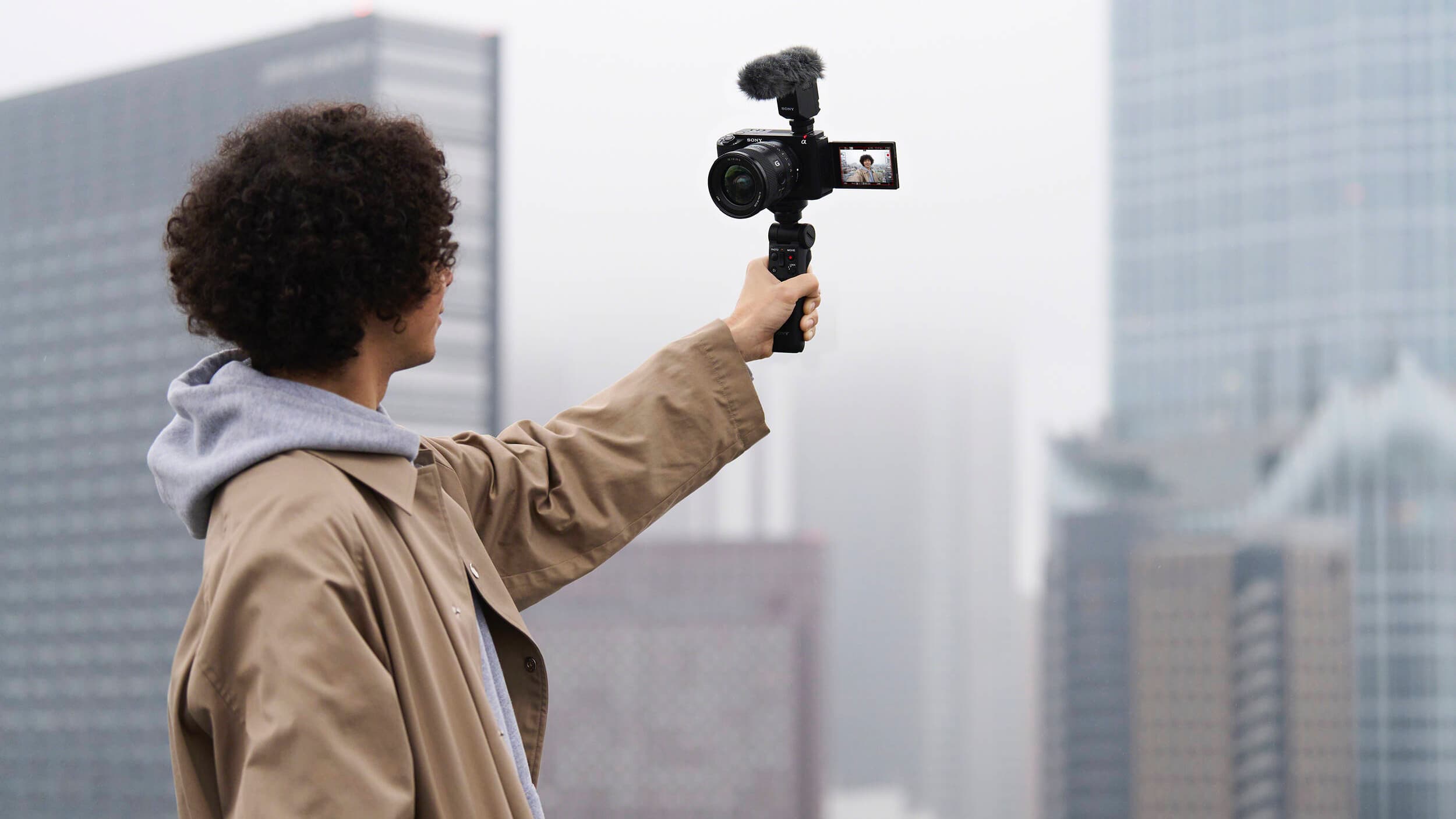
• Sony ZV-1: In-lens stabilization, Active SteadyShot
• Sony ZV-1F: Active SteadyShot
• Sony ZV-E10: In-lens stabilization (where available), Active SteadyShot
• Sony ZV-E1: 5-axis IBIS, In-lens stabilization (where available), Dynamic Active SteadyShot, Framing Stabilizer, AI Auto Framing
The ZV-1F, the cheapest camera in this group, is unique in offering no optical stabilization. It does offer Active SteadShot stabilization for video, like the others, and this is very effective but does bring a crop factor which will reduce the effective angle of view of the lens.
The ZV-1 has an optical stabilizer built into its 3x zoom lens, and many but not all of the lenses you can use with the Sony ZV-E10 have optical stabilization too, but it does not have in-body stabilization.
The Sony ZV-E1 is the only camera in this group that has IBIS. This can work in conjunction with stabilized lenses and also stabilize lenses which don’t have IS. The ZV-E1 also introduces a more advanced Active SteadyShot digital stabilization system, a Framing Stabilizer feature and AI Auto Framing – though this will crop the image somewhat.
8. Rear screen
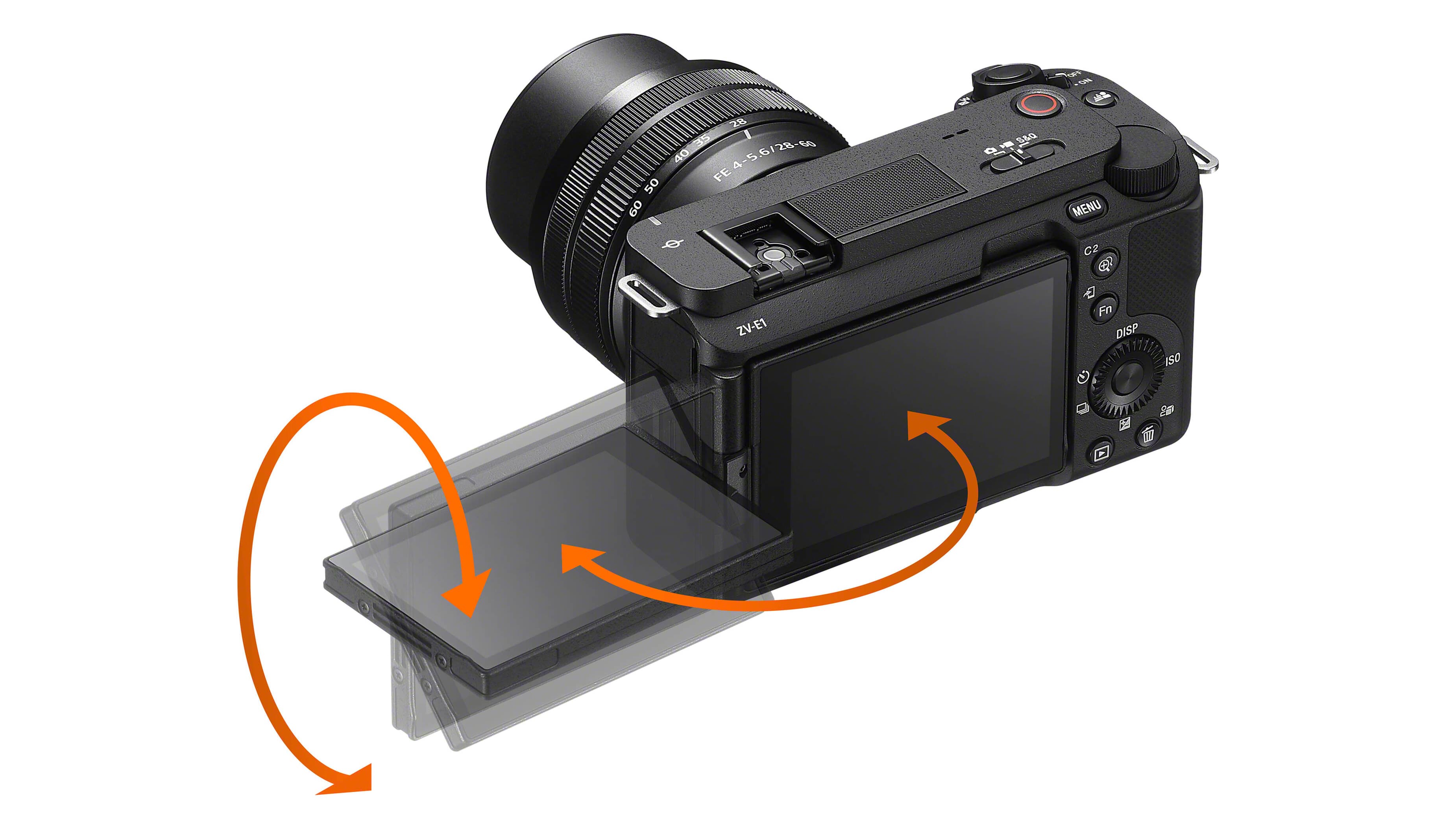
• Sony ZV-1: 921-dot 3-in vari-angle touchscreen
• Sony ZV-1F: 921-dot 3-in vari-angle touchscreen
• Sony ZV-E10: 921-dot 3-in vari-angle touchscreen
• Sony ZV-E1: 1034-dot 3-in vari-angle touchscreen
None of these cameras have electronic viewfinders, and the rear screens are pretty modest both in size and resolution, which has been a common theme with Sony cameras.
The screens on all four models are 3-inch vari-angle types, though the LCD on the ZV-E1 has a resolution of 1034k dots, which is slightly higher than the 921k dot displays used on the others.
9. Size and weight
• Sony ZV-1: 105.4 x 59.9 x 43.4mm, 294g
• Sony ZV-1F: 105.5 x 60.0 x 46.4mm, 256g
• Sony ZV-E10: 115.2 x 64.2 x 44.8mm, 343g (body only)
• Sony ZV-E1: 121 x 71.9 x 54.3mm, 483g (body only)
All of these cameras are pretty light, but the ZV-1 and ZV-1F are far smaller than the two mirrorless models. They also have lenses integrated into their design, so that while the ZV-E10 does not look a lot heavier on paper, that is the body-only weight, so you have to factor in the extra size and weight of any lenses you fit.
The Sony ZV-E1 is impressively compact and light for a full frame mirrorless camera, but it’s still substantially larger than the others. Add to that the fact that full frame lenses are themselves larger and heavier, and you have a setp-up which is going to be noticeably bulkier than the ZV-E10.
10. Cost
• Sony ZV-1: $748 / £567
• Sony ZV-1F: $498 / £549
• Sony ZV-E10: $798 / £669 with 16-50mm PZ lens
• Sony ZV-E1: $2198 (body only) / £2349
The Sony ZV-1F is the cheapest camera in this ZV range but also the most limited, with a fixed focal length 20mm equivalent lens, less sophisticated AF and video capture options and digital stabilization only.
The ZV-1 does not cost a whole lot more (relative pricing can change quickly, especially in the UK) but is a much more powerful camera and seems well worth the extra outlay.
The APS-C format ZV-E10 looks especially good value, and while the bundled 16-50mm lens is not the best optically, it’s small, light and handy for vlogging.
The ZV-E1 is the most advanced and by far the most expensive. This reflects the fact that it’s really a streamlined cinema camera rather than a vlogging tool.
Sony ZV-1 vs ZV-1F vs ZV-E10 vs ZV-E1: conclusions

The cheapest camera in this group is the fixed focal length ZV-1F compact camera, but you would have to think very carefully about whether the cost saving is outweighed by its limitations.
If you do need a pocket-sized compact video camera, the older ZV-1 offers a lot more power for not a lot more money, and looks a much better all-round option.
If you want the flexibility of a mirrorless system, however, the ZV-E10 represents terrific value for money. The only things against it are its relatively old sensor, which can sometimes produce rolling shutter or ‘jello’ effects if you move the camera too quickly, and its lack of in-body stabilization.
King of the heap is the new Sony ZV-E1, though this camera too comes with limitations. The main one is its 12MP sensor, which more or less rules it out for hybrid stills/video use, where the other three can do both jobs perfectly well. It’s also very much more expensive, and its sophisticated cinema features are likely to appeal more to professional filmmakers than vloggers.
All round, it’s the two cameras in the middle of the range – the ZV-1 and the ZV-E10 which probably offer the best combination of features, versatility and value.
Get the Digital Camera World Newsletter
The best camera deals, reviews, product advice, and unmissable photography news, direct to your inbox!

Rod is an independent photography journalist and editor, and a long-standing Digital Camera World contributor, having previously worked as DCW's Group Reviews editor. Before that he has been technique editor on N-Photo, Head of Testing for the photography division and Camera Channel editor on TechRadar, as well as contributing to many other publications. He has been writing about photography technique, photo editing and digital cameras since they first appeared, and before that began his career writing about film photography. He has used and reviewed practically every interchangeable lens camera launched in the past 20 years, from entry-level DSLRs to medium format cameras, together with lenses, tripods, gimbals, light meters, camera bags and more. Rod has his own camera gear blog at fotovolo.com but also writes about photo-editing applications and techniques at lifeafterphotoshop.com
